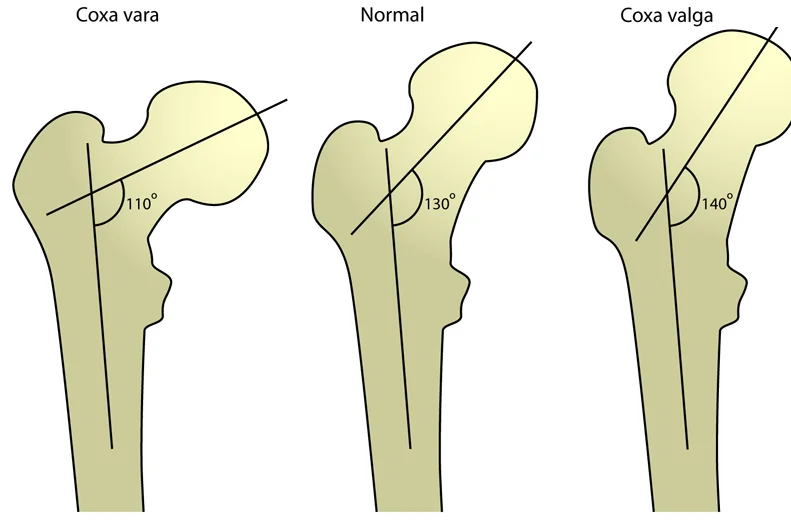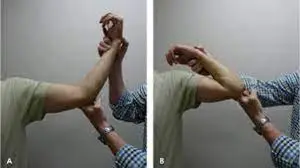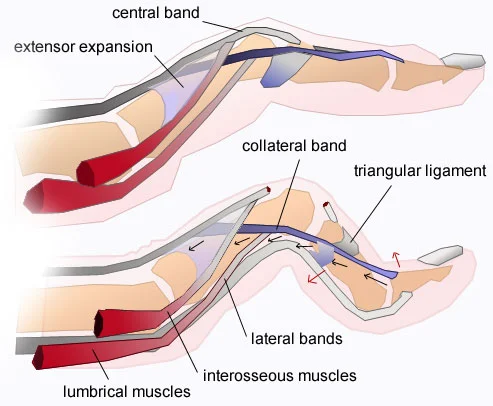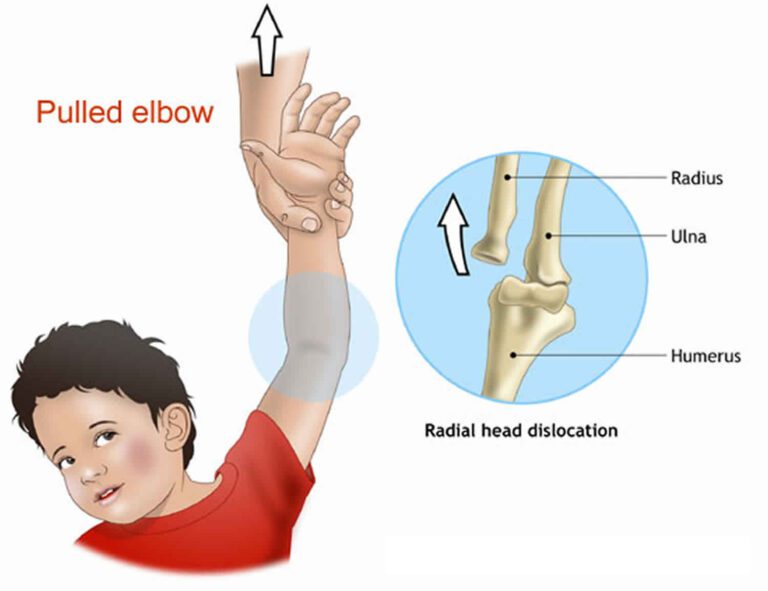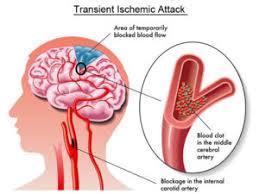Coxa Valga
Table of Contents
What is a Coxa Valga?
Coxa valga is a condition that affects the hip joint. It is characterized by an increase in the angle between the femoral neck (the part of the thigh bone that connects to the ball-shaped head of the femur) and the shaft of the femur. In simple terms, it means that the angle formed between the head and neck of the femur is greater than normal.
- Coxa valga details a disease of the hip where there is an increased angle linking the femoral neck and femoral shaft.
Pathology
- Coxa valga is sometimes connected with shallow acetabular angles and femoral head subluxation.
Causes of Coxa Valga
Coxa valga can be congenital (present at birth) or acquired later in life due to various factors. Some of the common causes of acquired coxa valga include:
- Hip fractures: A fracture in the hip region can disrupt the normal alignment of the bones and lead to coxa valga.
- Osteoarthritis of the Hip: This degenerative joint disease can cause changes in the hip joint, including coxa valga.
- Developmental dysplasia of the hip (DDH): DDH is a condition where the hip joint is abnormally developed or dislocated, and it can contribute to coxa valga.
- Bone dysplasias: Certain genetic conditions and skeletal dysplasias can affect the normal growth and development of the hip joint, leading to coxa valga.
Other Causes are:
- Bilateral
neuromuscular disorders, e.g. cerebral palsy: sometimes have concurrent femoral anteversion
skeletal dysplasias, e.g. Turner syndrome, mucopolysaccharidoses - Unilateral
trauma causing growth plate arrest
Symptoms:
Coxa valga can cause various symptoms and complications, including hip pain, difficulty walking, limping, and an altered gait. The severity of symptoms depends on the degree of coxa valga and underlying causes.
Radiographic features
Plain radiograph
- Coxa valga occurs when the angle formed joining the neck of the femur and its shaft (also known as the caput-collum-diaphyseal (CCD) angle or the femoral angle of inclination) is increased beyond >140º. Normal is between 125-135º in adults, yet can be 20-25º higher at birth and 10º greater in children. When the angle is <120º, this is observed as coxa vara.
- Femoral anteversion and rotation can harm measurement accuracy and should be considered when measuring angles.
Treatment and prognosis
Treatment options for coxa valga depend on the underlying cause and the severity of symptoms. In mild cases, conservative measures such as physical therapy, pain management, and assistive devices may be sufficient. However, in more severe cases or when conservative measures fail to provide relief, surgical intervention may be necessary. Surgical options may include osteotomy (repositioning of the bones) or joint replacement surgery, depending on the individual case.
- Coxa valga can be associated with genu varum and conduct to increased stress and early degenerative changes in the medial compartment of the knee.
- Coxa valga can be managed with varus derotation osteotomy (VDRO) and angled blade-plate fixation.
FAQs
A deformity called coxa valga results from a greater-than-normal rise in the angle between the femur’s head, neck, and shaft (typically 135 degrees). Coxa vara is the opposite: a decreased angle middle of the head and neck of the femur and its shaft. Coxa vara is commonly indicated when the angle is less than 120 degrees.
Coxa valga happens when the angle formed in the middle of the neck of the femur and its shaft (also known as the caput-collum-diaphyseal (CCD) angle or the femoral angle of inclination) is increased beyond >140º. Although it might be 20–25 o greater at birth and 10 o greater in children, normal in adults is between 125–135 o.
Coxa valga usually is not a problem in infants, whose hips have a naturally larger angle. Yet in older kids and adults, it can cause pain, limit mobility in the hip, and make 1 leg shorter than the other. In time, if it goes untreated, coxa valga can create walking difficult.
Coxa vara happens when the angle is reduced by than 120 degrees and may be secondary to trauma, tumor, SCFE, or a congenital abnormality. Coxa valga, which occurs when the angle exceeds 135 degrees and typically has neuromuscular origins but can be a symptom of blood dyscrasias like as as thalassemia, can occur.
Patients with coxa valga or knock knee may experience hip pain that causes them to look for treatment. Other patients may have a decreased range of hip motion or difficulty walking because of harm to the hip joint. This condition may be present at birth. It is look in 16 out of 1000 newborn infants.
Coxa valga is a usual clinical feature of hereditary multiple exostoses (HME).

